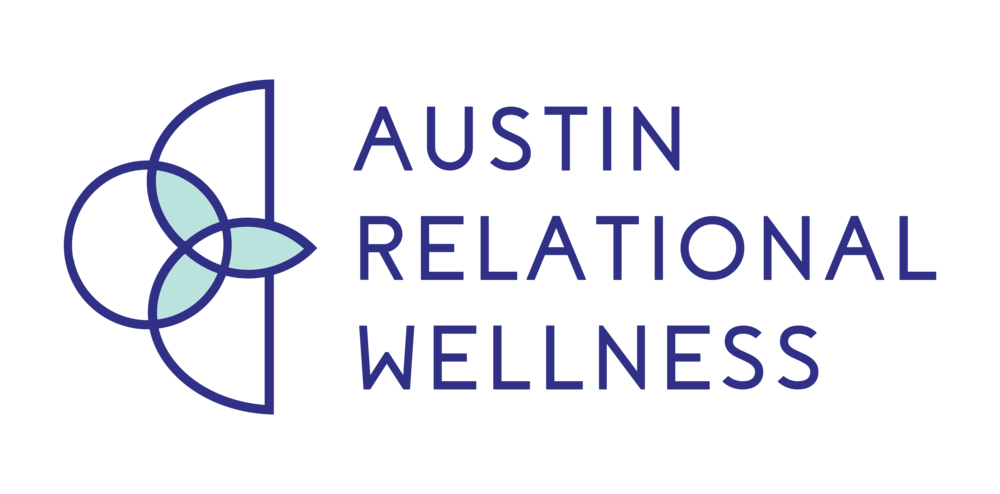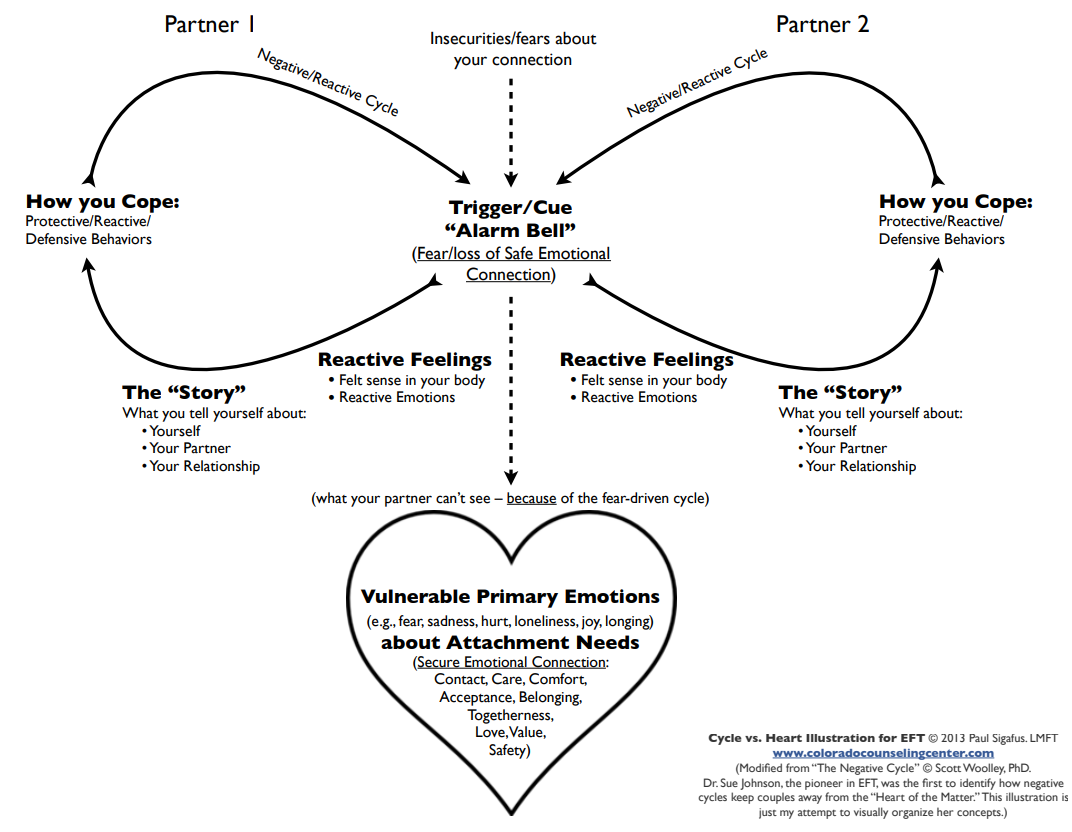In the summer of 2020, I found myself feeling totally untethered. We were two months into the COVID-19 pandemic, the world was unrecognizable, and my entire counseling and therapy practice had moved online.
Pre-COVID, my day-to-day as a counselor was commuting to South Austin, grabbing lunch on the go, and meeting up with friends and family between engagements. So summer 2020, I found myself stuck in the lull of being at my house 24/7. An Enneagram 7’s nightmare.
This transition was rough. I spent my days alone at home and noticed myself feeling aimless, uncertain, and anxious. There was no end to this work from home in sight, so I needed to find something to ground me.
I knew from my work with my counseling clients that having a routine can help with both anxiety and depression. When we’re going through a major transition, routines and rituals can be extremely helpful. I also know that creating a routine when you are depressed can be challenging… so I implemented a few things.
My Daily Routine to Support Mental Health & Counter Depression
Wake Up
I started getting up at the same time each day, even if my meetings started a little later that day. Even if I just woke up and went and sat on the couch. I got out of bed and started my day.
Get Ready
I fixed my hair and makeup and put on real clothes, down to my shoes. Even If I didn’t plan to leave the house or have a client-facing counseling session, there was something grounding in me taking care of myself in this way. It’s not for everyone, but for me, when I look and feel put together, I feel my best. No one could see my shoes, but I felt better.
Make Your Bed
I made my bed. You hear this all the time, if you do one thing… make your bed! Even if your day ends up terrible, you still accomplished this, and you get into a nicely made bed that evening.
Feel the Earth
I got outside for a few minutes each morning. Felt my feet on the earth, let the sun shine on my face, observed the birds, sat with my dog. There are countless benefits of vitamin D and grounding in the earth. We need to get out of our house! One of the first things I ask my clients when they report being overwhelmed or depressed is… “Have you been outside today?”
Transition out of Work Mode
Lastly, I changed my clothes after work to signal the transition to non-work mode. I no longer had the time during my typical commute to process my day, so this ritual helped me feel done with my day and able to leave all the energy behind.
The Importance of Ritual in Transition
All of these things I implemented became a daily ritual for me that helped me feel grounded and present for whatever the day brought me. It’s been over two years since I developed these rituals to help me cope with such a challenging transition period. They have become second nature to me and continue to help me feel grounded on a daily basis.
As I find myself in the last weeks of my pregnancy, preparing for what will most likely be the biggest transition I’ve experienced thus far, I intend to not only keep these in practice, but also implement new ideas to stay grounded and present during the next few weeks.
I’ll be working on some technology boundaries so I don’t end up in mindless scrolling or overstimulation from internet parenting advice. This might look like staying off my phone for a few hours in the morning, deleting Instagram for the first month, or sitting with my own intuition for 10 minutes before Googling something. I’ll also focus on routines that help me maintain a peaceful environment with minimal effort. I’ve already prepared by getting rid of a ton of extra stuff in my home that required management to make room for the new!
What daily rituals or routines help you feel grounded during transitions?
Article by Cat van der Westhuizen, MA, LPC, LMFT







































































